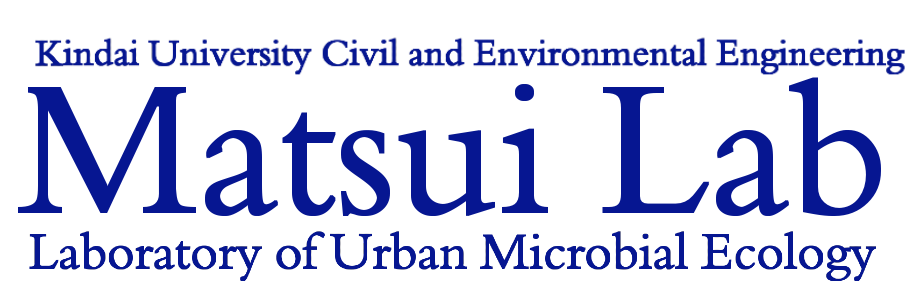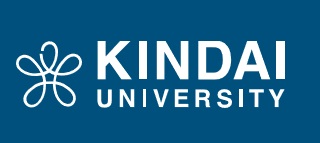Research
1. Urban Microbial Ecology in sewage and waterway
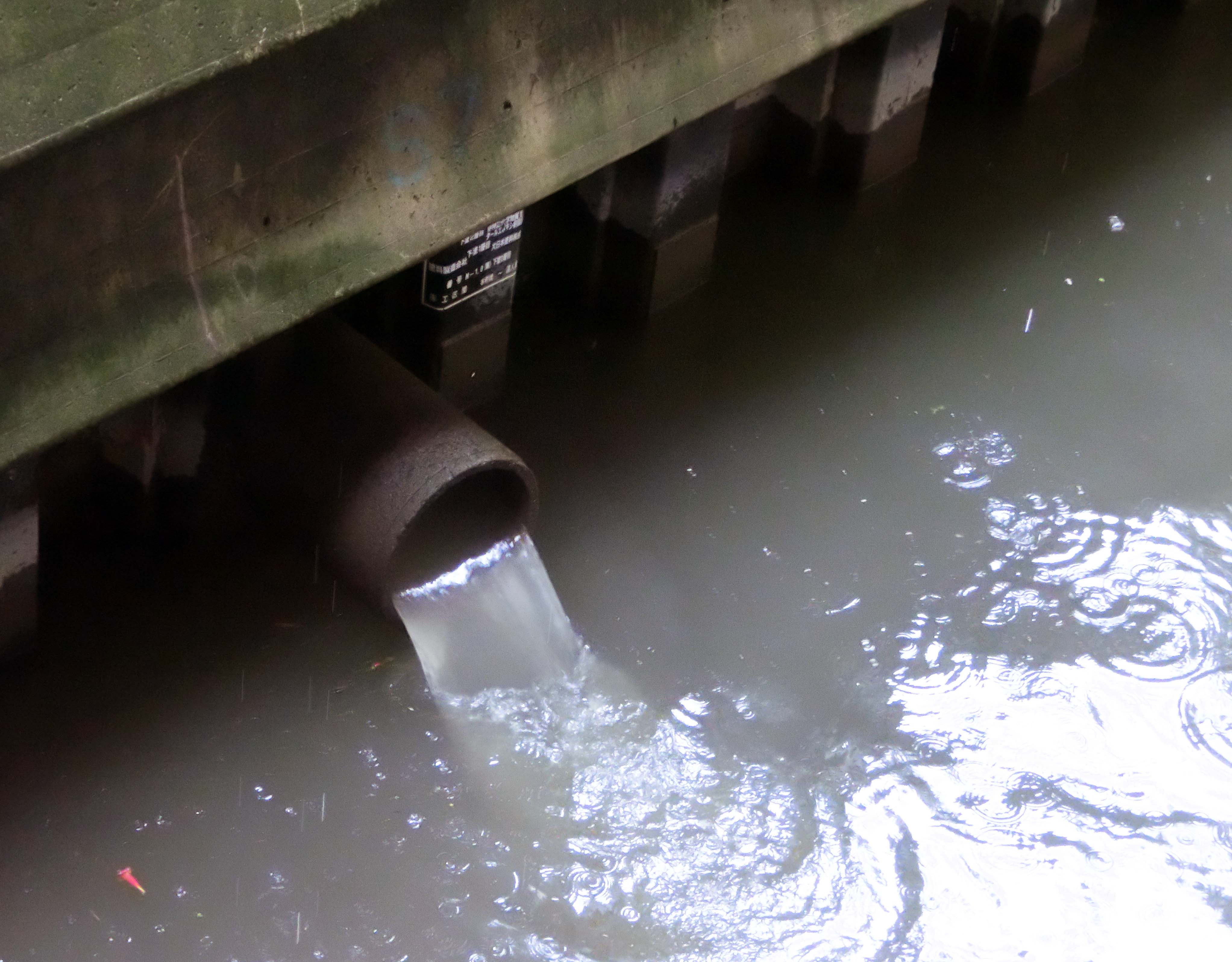 The mechanisms underlying the formation of new ecosystems are a fundamental unsolved question in ecology.
The mechanisms underlying the formation of new ecosystems are a fundamental unsolved question in ecology.
Sewage systems are newly expanding aquatic environments in urban areas.
Recent studies have shown that sewage pipes are microbial habitats similar to ponds, lakes, or oceans.
Our main goal is testing the dispersal limitation hypothesis in sewer pipe to understand the underlying mechanisms of microbial ecosystem formation.
We also try to understand the fate of antibiotic resistance genes in urban sewage environment.
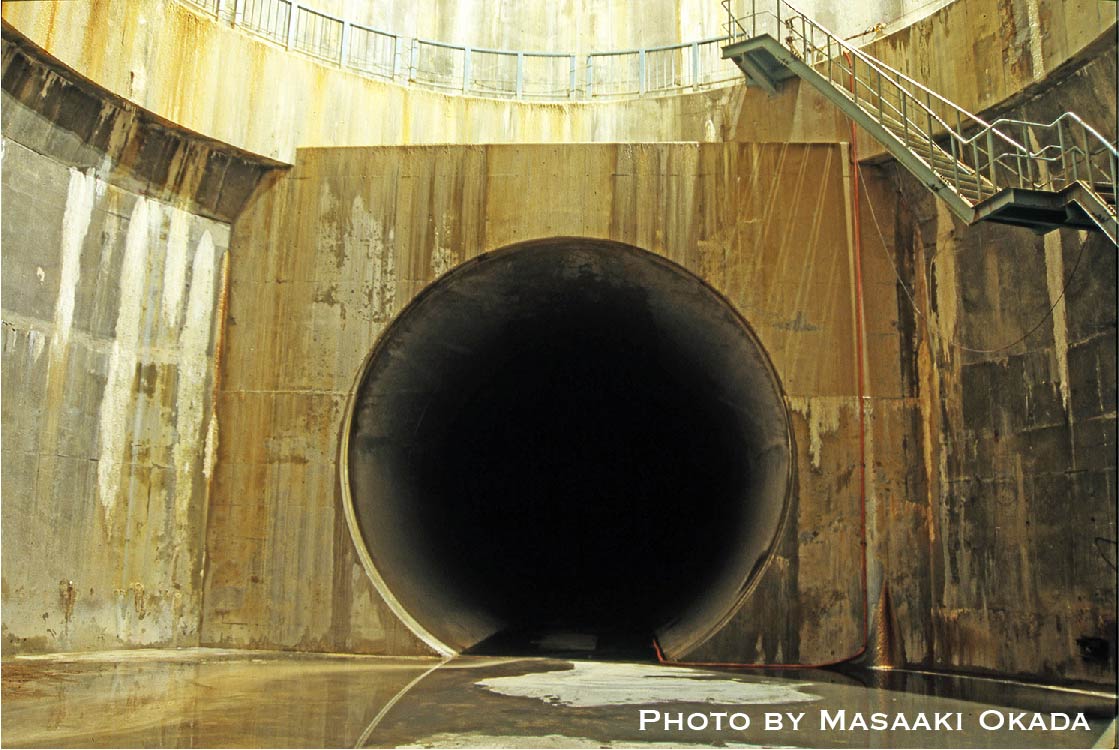 These studies would elucidate new paradigms that exist in the artificial ecosystems.
These studies would elucidate new paradigms that exist in the artificial ecosystems.
| Related publications |
| Abstract |
K. Matsui, and T. Miki. 2023. Microbial community composition and function in an urban waterway with combined sewer overflows before and after implementation of a stormwater storage pipe. PeerJ11:e14684 DOI 10.7717/peerj.14684. |
| Abstract |
K. Matsui, T. Fumoto, and H. Kawakami. 2019. Testing the repellent effects of
construction materials on the attachment of the invasive golden mussel, Limnoperna fortunei, in a Japanese urban tidal river. Limnology 20: 131-136. |
|---|
| Abstract
|
松井一彰、横山雄一、亀井訓平、中口譲、江口充、谷口亮人、竹原幸生、麓隆行. 2017.
下水越流水が東横堀川の水質に及ぼす影響と雨水貯留管供用による改善効果の細菌叢を指標にした評価.
土木学会論文集G (環境) 73: 134-142. |
|---|
2. Bacterial Heavy Metal Resistance System in Microbial Ecology
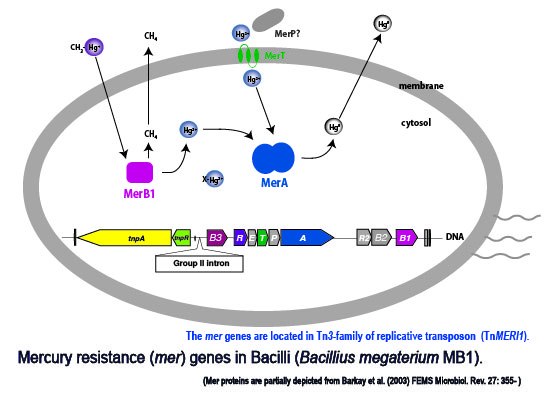 Mercury is highly toxic and has no beneficial role for living organisms.
Mercury is highly toxic and has no beneficial role for living organisms.
However, some bacteria possess systems that are resistant to this toxic metal.
The best-characterized bacterial biotransformation of mercury is reduction by the mer resistance determinants found on plasmids and transposons in both Gram-positive and -negative bacteria.
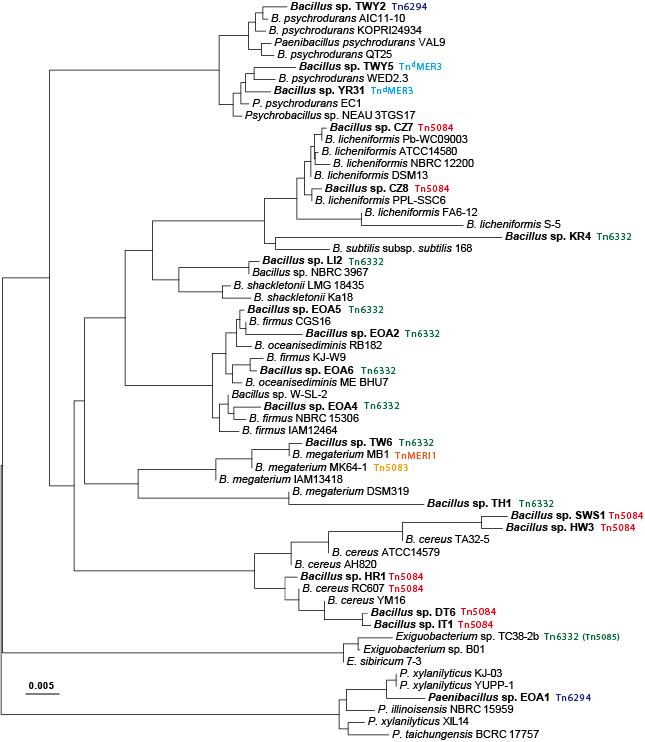 TnMERI1, a class II mercury resistance transposon, was first identified in a Gram-positive Bacillus megaterium MB1 strain isolated
from sediment in Minamata Bay Japan, the site of an infamous mercury poisoning disaster.
TnMERI1, a class II mercury resistance transposon, was first identified in a Gram-positive Bacillus megaterium MB1 strain isolated
from sediment in Minamata Bay Japan, the site of an infamous mercury poisoning disaster.
However, our study revealed that TnMERI1-like class II transposons are distributed worldwide, including among environmental Bacilli strains isolated from non-contaminated sites.
This observation provoked a variety of questions related to bacterial dissemination, horizontal gene transfer, bacterial settlement in microbial communities, and potential significance for bioremediation.
Our laboratory aimed to address these questions using both molecular and ecological approaches.
| Related publications |
| Abstract |
K. Matsui, and G. Endo. 2018. Mercury bioremediation by mercury resistance transposon-mediated in situ molecular breeding. Applied Microbiology and Biotechnology 102: 3037-3048. |
| Abstract |
Matsui, K., S. Yoshinami, M. Narita, M. F. Chien, L. Phung, S. Silver, and G. Endo. 2016. Mercury resistance transposons in Bacilli strains from different geographical regions. FEMS Microbiology Letters 363: fnw013. |
| Abstract |
松井一彰、成田勝、遠藤銀朗. 2007. 大陸と海洋を渡り歩く細菌と遺伝子:水銀耐性細菌と水銀耐性遺伝子のグローバルな分散. 日本生態学会誌 57: 390-397. |
3. Biodiversity and multifunctionality in microbial ecology
| Related publications |
| Abstract |
T. Miki, T. Yokokawa, P.J. Ke, I.F. Hsieh, C.H. Hsieh, T. Kume, K. Yoneya, and K. Matsui. 2018. Statistical recipe for quantifying microbial functional diversity from EcoPlate metabolic profiling. Ecological Research 33: 249-260. |
| Abstract |
松井一彰、横川太一、上田匡邦、道越祐一、水口亜樹、松田裕之、三木健. 2016. カルタヘナ議定書にある「生物の多様性の保全及び持続可能な利用への影響」はどのように評価できるのか?:まとめと今後の展望. 日本生態学会誌 66: 325-335. |
| Abstract |
Miki, T., T. Yokokawa, K. Matsui. 2014. Biodiversity and multifunctionality in a microbial community: a novel theoretical approach to quantify functional redundancy. Proceedings of the Royal Society B 281: 20132498. |
4. Dissolved DNA & Horizontal Gene Transfer in aquatic environment
| Related publications |
| Abstract |
(本) 松井一彰. 2012. 遺伝情報の動態:微生物の遺伝子水平伝播、 日本生態学会 編、シリーズ現代の生態学 第9巻「淡水生態学のフロンティア」、 p132-141、共立出版、 pp. 269. |
| Abstract |
Matsui, K., N. Ishii and Z. Kawabata. 2003. Release of extracellular transformable plasmid DNA from Escherichia coli cocultivated with algae. Applied and Environmental Microbiology 69: 2399-2404. |
| Abstract |
Matsui, K., M. Honjo and Z. Kawabata. 2001. Estimation of the fate of dissolved DNA in thermally stratified lake water from the stability of exogenous plasmid DNA. Aquatic Microbial Ecology 26: 95-102. |
 The mechanisms underlying the formation of new ecosystems are a fundamental unsolved question in ecology.
The mechanisms underlying the formation of new ecosystems are a fundamental unsolved question in ecology. These studies would elucidate new paradigms that exist in the artificial ecosystems.
These studies would elucidate new paradigms that exist in the artificial ecosystems.  Mercury is highly toxic and has no beneficial role for living organisms.
Mercury is highly toxic and has no beneficial role for living organisms.  TnMERI1, a class II mercury resistance transposon, was first identified in a Gram-positive Bacillus megaterium MB1 strain isolated
from sediment in Minamata Bay Japan, the site of an infamous mercury poisoning disaster.
TnMERI1, a class II mercury resistance transposon, was first identified in a Gram-positive Bacillus megaterium MB1 strain isolated
from sediment in Minamata Bay Japan, the site of an infamous mercury poisoning disaster.